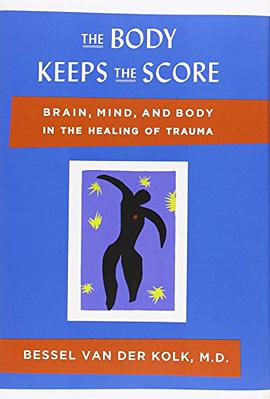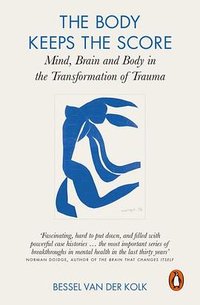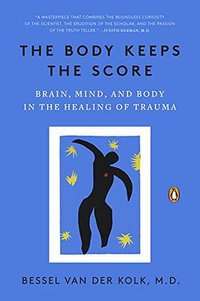
Brain, Mind, and Body in the Healing of Trauma
Bessel van der Kolk, MD
résumé
A pioneering researcher and one of the world's foremost experts on traumatic stress offers a bold new paradigm for healing
Trauma is a fact of life. Veterans and their families deal with the painful aftermath of combat; one in five Americans has been molested; one in four grew up with alcoholics; one in three couples have engaged in physical violence. Such experiences inevitably leave traces on minds, emotions, and even on biology. Sadly, trauma sufferers frequently pass on their stress to their partners and children.
Renowned trauma expert Bessel van der Kolk has spent over three decades working with survivors. In The Body Keeps the Score, he transforms our understanding of traumatic stress, revealing how it literally rearranges the brain's wiring-specifically areas dedicated to pleasure, engagement, control, and trust. He shows how these areas can be reactivated through innovative treatments including neurofeedback, mindfulness techniques, play, yoga, and other therapies. Based on Dr. van der Kolk's own research and that of other leading specialists, The Body Keeps the Score offers proven alternatives to drugs and talk therapy-and a way to reclaim lives.
contents
PROLOGUE: FACING TRAUMA
PART ONE: THE REDISCOVERY OF TRAUMA
1. Lessons from Vietnam veterans
2. Revolutions in understanding mind and brain
3. Looking into the brain: The neuroscience revolution
PART TWO: THIS IS YOUR BRAIN ON TRAUMA
4. Running for your life: The anatomy of survival
5. Body-brain connections
6. Losing your body, losing your self
PART THREE: THE MINDS OF CHILDREN
7. Getting on the same wavelength: Attachment and attunement
8. Trapped in relationships: The cost of abuse and neglect
9. What’s love got to do with it?
10. Developmental trauma: The hidden epidemic
PART FOUR: The imprint of trauma
11. Uncovering secrets: The problem of traumatic memory
12. The unbearable heaviness of remembering
PART FIVE: PATHS TO RECOVERY
13. Healing from trauma: Owning your self
14. Language: Miracle and tyranny
15. Letting go of the past: EMDR
16. Learning to inhabit your body: Yoga
17. Putting the pieces together: Self-leadership
18. Filling in the holes: Creating structures
19. Rewiring the brain: Neurofeedback
20. Finding your voice: Communal rhythms and theater
EPILOGUE: CHOICES TO BE MADE
ACKNOWLEDGEMENTS
APPENDIX: Consensus proposed criteria for developmental trauma disorder
RESOURCES
FURTHER READING
NOTES
INDEX


